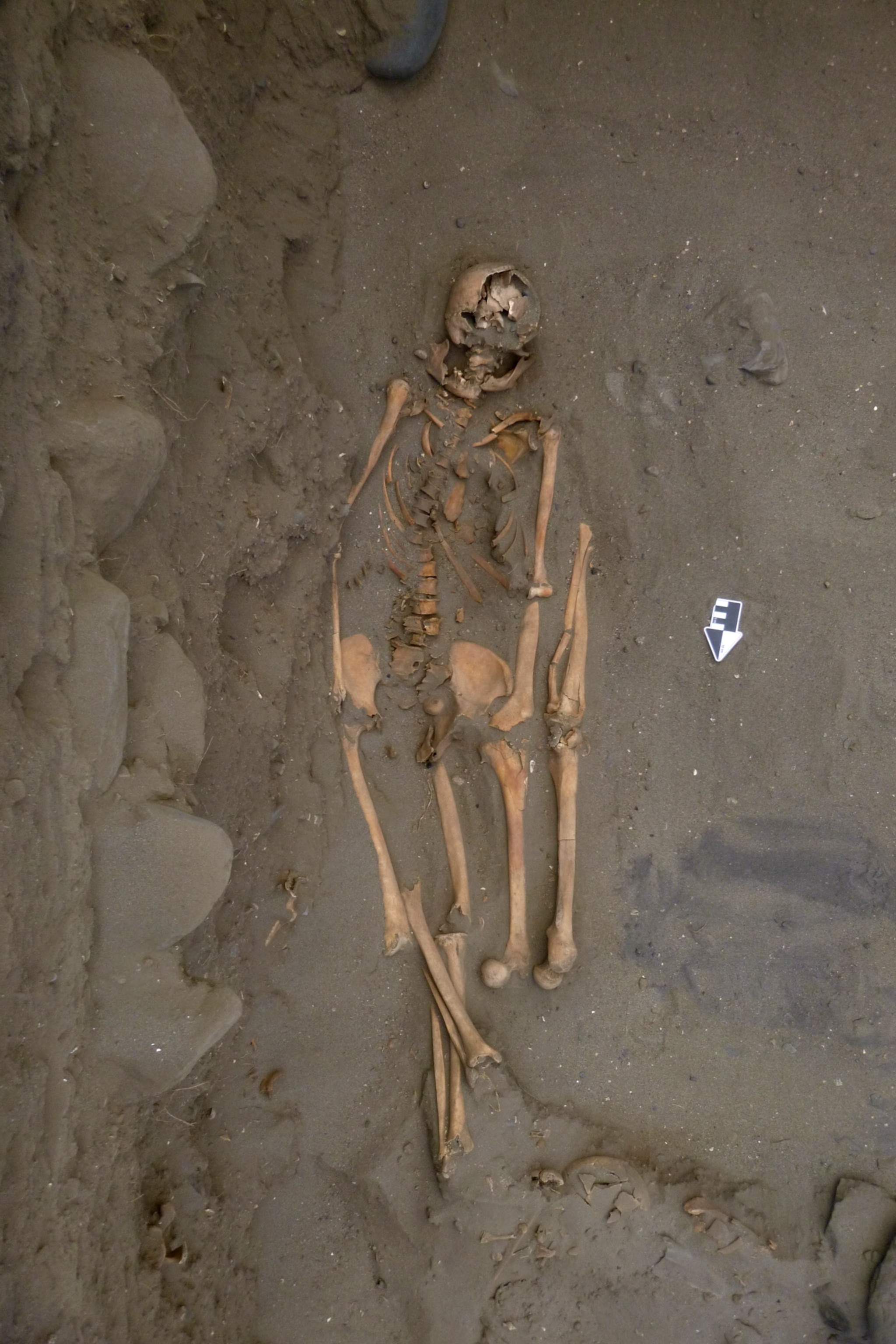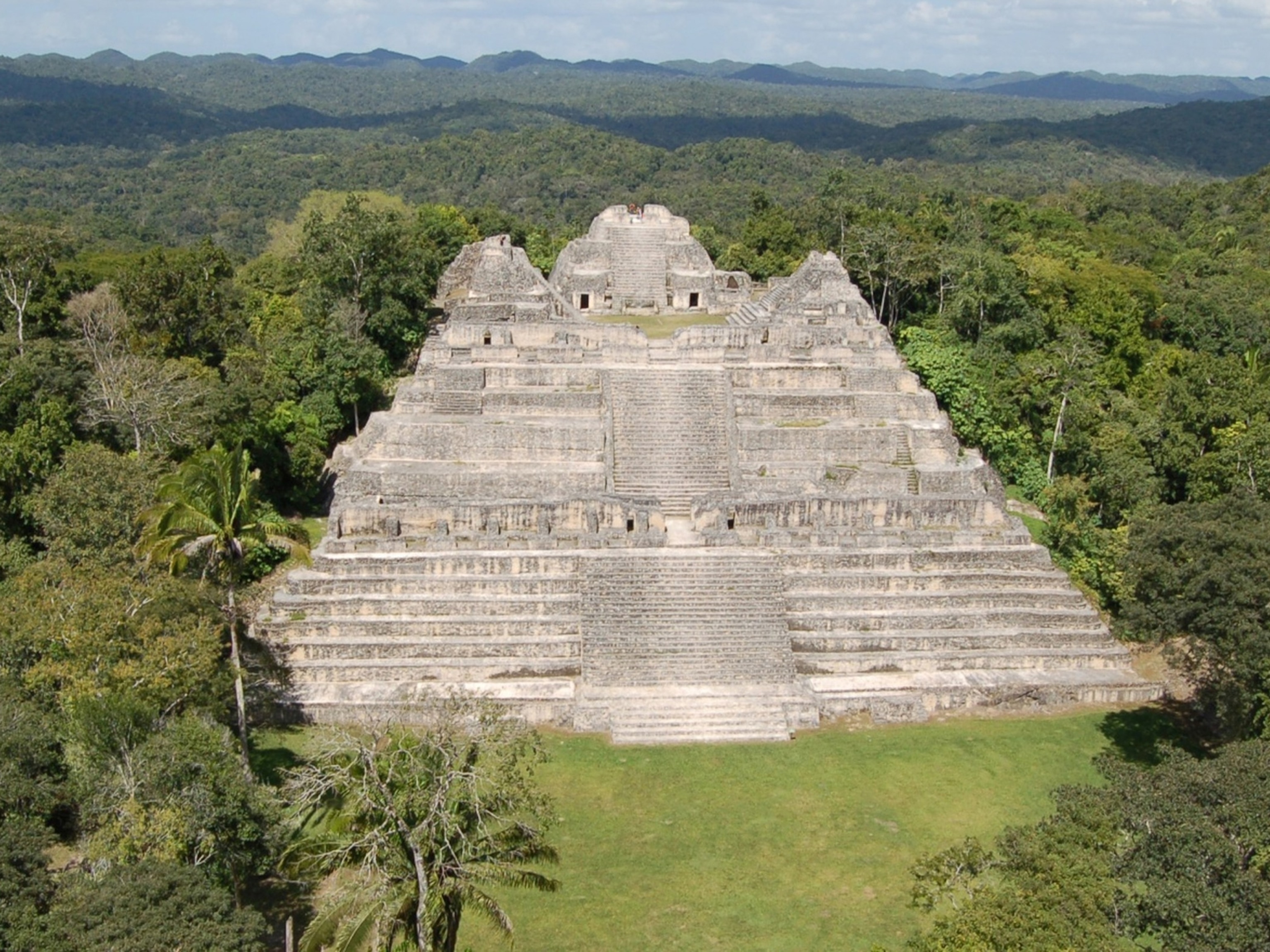Why did these shark hunters bury their dead with extra limbs?
Archaeologists have found evidence of human-shark interaction going back more than 3,5000 years in Peru, including ceremonial shark burials and fishermen buried with additional body parts.

Dozens of "very unique" burials from an ancient Peruvian shark-fishing community struck archaeologists not only for the valuable metal objects and whimsical ceramic pots they contained, but also—in some cases—additional human limbs they included.
More than 50 burials and a small coastal settlement belonging to the Virú culture were discovered in 2018 in the town of Huanchaco on Peru’s north coast. “It’s a complex little fishing village," says archaeologist Victor Campaña who directed the excavation.
The little-known Virú culture, named for the Virú Valley which runs from the Andes mountains to the Pacific, thrived in the area between A.D. 100 and 750, before the Moche took control of the region.
Around 30 of the 54 mostly adult Virú burials appear to include not only complete skeletons, but also additional body parts. Most of the bonus limbs appear to be arms and legs. In one case, an adult was buried intact, along with two additional left legs interred right beside the body.

Preliminary study indicates that many sets of remains show evidence of trauma, including cut marks and blunt-force injury. The individuals who had suffered trauma were also most likely to have been buried with additional limbs, says Campaña.
At this time, the archaeologists can only speculate about the motivation behind the unusual Virú burials. One suggestion is that the extra limbs may have served as a sacrificial offering to accompany the dead to the afterlife. Additional lab work will determine if there was any sort of relation between the individuals buried and the owners of the additional body parts.
A legacy of fishermen
The Virú burials also feature a variety of grave goods, including ceramic vessels decorated with human faces and whimsical animal details, jewelry, and folded copper sheets inserted into the mouths or the hands of the deceased. Among Campaña's most interesting find so far is a very large (four-inch-long) copper fishhook wrapped with gold foil.
The size of the hook is appropriate for snaring large fish and sharks, a practice with a very long tradition in this northern Peruvian coastal region, centered around the regional capital of Trujillo.

In 2010, Prieto discovered a 3,500-year-old temple used by shark hunters in the Huanchaco area. Evidence for Caballitos de Totora, reed boats still used by the fishermen of Huanchaco to this day, goes back at least four millennia.
Nearly a decade later, Prieto uncovered a 1,500-year old Moche ceremonial platform at the site of Pampa La Cruz in Huanchaco, on a hill high above the Pacific. Beneath it were the burials of nine sharks as well as pairs of yellowfin tuna, sunfish, and Kogia whales.





